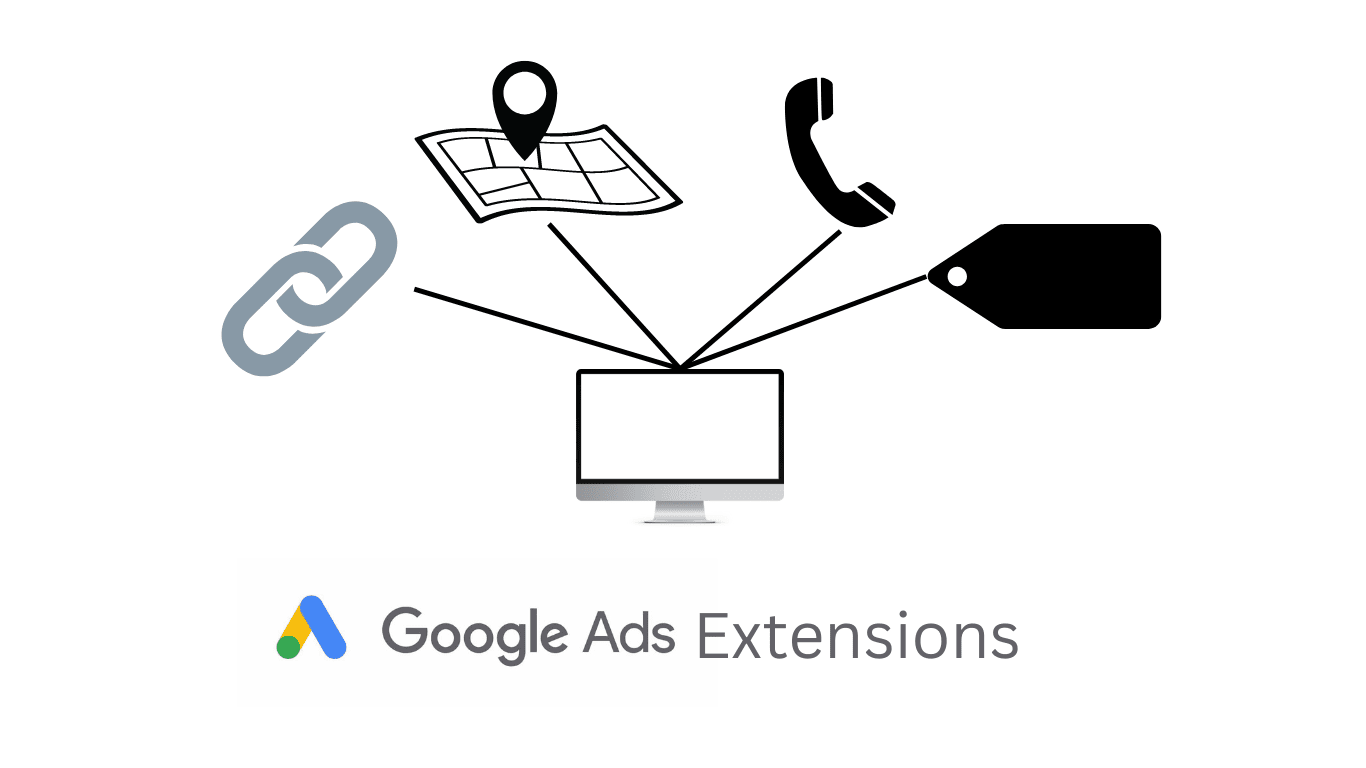Previously marketing and sales had nothing to do with one another. Salesmen would hunt sales and marketers would gather demand and attention. However, in our consumer-driven environment, the two need to work together to achieve the best results. Research by MarketingProfs even shows that companies that have aligned sales and marketing will see 36% higher customer retention rates and 38% higher conversion rates.
What changed?
Mostly it’s just the vast availability of information. Before the rise of eCommerce a customer’s sales journey would be very linear, the rep would approach prospects and persuade them to buy. Sadly it’s not that simple anymore, the journey from awareness to sale is anything but linear today. It has even been proven that a typical B2B customer will see at least 6 touch points before even becoming a lead.
Buyers are no longer settling for the first offer that comes through the door and rather doing research into their options before making a final decision. The internet made that possible. This Forrester report shows that 68% of B2B buyers will do research before getting in contact with the company.
As a result of this, the whole sales role is changing. Fewer buyers are converting through cold calling and it has been shown that only 2% actually engage with the call. This means companies now need to wait for customers to come to them and the sales team is tasked with giving a great customer experience by answering any questions and guiding them.
See where am going with this? Companies can’t just expect these leads to drop at their front step, something needs to get them there. Marketing.
How can you use marketing to improve sales?
Website
As I wrote above, 68% of B2B buyers will do their research prior to contacting the site. So you need to make sure your site gives the best impression of your business possible. If the site isn’t convincing enough, the buyer won’t contact you.
So how do you make the site convincing?
Great images, and clear understandable content that only bring the most important points across. The buyer won’t remember everything from your website so if you have a lot of content just make sure they remember the most important parts by making them stand out.
Social Media and Blogs
If you have social media it needs to be up to date, and if it’s not then don’t show it to anyone. Seeing a blog or social media account that hasn’t been updated in months makes you wonder what’s happening at the company if they can’t even do something almost every teenager does daily. If you don’t have resources to post consistently then it might not be worth you having a social media presence at all.
Both these mediums are a great way to show your company values, beliefs, work ethics, and knowledge. The more value the content gives to someone the more they will consume it and the more likely it is that they will buy from you.
Touch Points
As mentioned above it takes on average 6 touch points to get a lead. Touch points are basically anything that a buyer can see online or in real life about your business. You probably have more than you think. Examples could be your website, social media, blog, email campaigns, PPC campaigns, and more.
You know how door-to-door salesmen would be so persistent and just wouldn’t leave you alone? Well, touchpoints are kinda the same thing. They are the internet salesman knocking on your screen showing you the same brand over and over until you finally buy.



